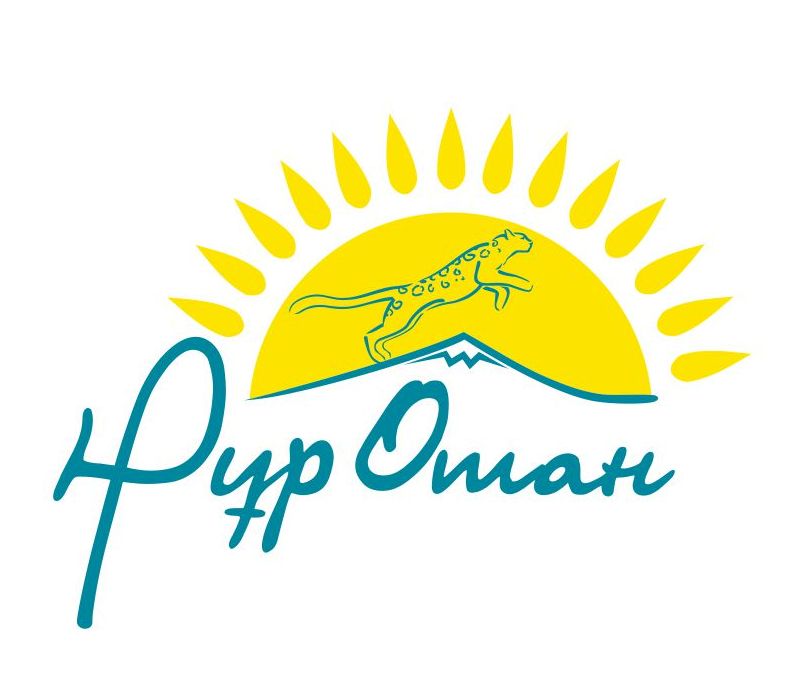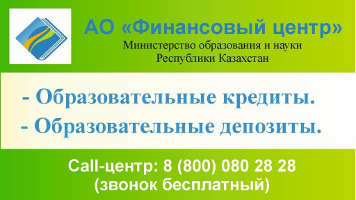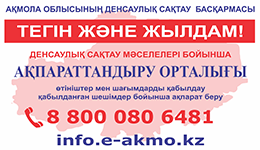
 21.12.2017
21.12.2017
Lesson plan
|
Unit of a long term plan: Living things |
School: Arshaly Secondary school №3 | |||||||||
|
Grade:5 |
Teacher name: Shalova A.K. | |||||||||
|
Lesson title: Living/non-living things |
Number present: |
absent: | ||||||||
|
Learning objectives |
5.L5 understand most specific information and detail of short, supported talk on a wide range of familiar topics 5.S2 ask simple questions to get information about a limited range of general topics 5.R4 read with some support a limited range of short fiction and non-fiction texts 5.UE3 use a growing variety of adjectives and regular and irregular comparative and superlative adjectives on a limited range of familiar general and curricular topics | |||||||||
|
Lesson objectives: |
All learners will be able to: | |||||||||
|
-Ask and answer the questions related to living and non-living thigs - Describe the things using adjectives - Read and answer the questions. | ||||||||||
|
Assessment criteria: |
know the words according to the theme; complete the sentences. | |||||||||
|
Language objective |
Active vocabulary: Classroom commands. Living/Non-living things (skateboard, goldfish, guitar, cap, gloves, snake, helmet, digital camera, watch, comic book, tortoise, trainers, flowers, basketball, scarf) | |||||||||
|
Values links |
National pride | |||||||||
|
Cross-curricular |
Natural science | |||||||||
|
Use of ICT |
PPT teacher | |||||||||
|
Previous learning |
Learners were introduced the topic of plants on the previous lesson. This lesson is focused on teaching plant parts and plant growing. | |||||||||
|
Plan | ||||||||||
|
Planned things |
Planned activities |
Resources | ||||||||
|
Beginning 5min
|
Warm up. Task. Speaking-listening. T-C: drilling approach the words at the topic of the lesson. T: - repeat the words correctly three times after a teacher as a learner. Then teacher asks the learners to pronounce it one by one. T-L1: Let’s practice the words in chorus then individually: dog, skateboard, goldfish, guitar, cap, gloves, snake, helmet, digital camera, watch, comic book, tortoise, trainers, flowers, basketball, and scarf. Living things show the characteristics of life like respiration, reproduction, growth, movement and environmental adaptation and response whereas, non-living things are exact opposite of living things. Non-living things do not show characteristics of a living thing.
|
Whiteboard PPT slide 1
| ||||||||
|
Middle [W],[I], 3 min |
Task 1. T-C: a) Magic thing. «Listen and guess» game The gist of the game is to use the verb to have/has according to the theme with e.g. name, colour, size, etc. The verb has got, hasn’t got, like. Learner goes to the board and begins to draw part of his Magic thing, at this time the rest of the group sets him suggestive questions, trying to guess what it is. T: -listen and guess the magic thing in the box. L1:- What do you see? Answer the questions. You will guess the thing, becomes the next participant. Learner should tell about his Magic thing. Checking comprehensive: Concept questions: Learners can only ask questions that require an answer yes/no,
L1:- Is it a flower? Is it a ball? L2:- No, it is not. L 1:- My magic element is basketball. L3:-It is cats. It’s big. It’s white and yellow. L1:-It has got two eyes. It can fly. It can sing. It can dance. L4:-It can’t. Differentiation by dialogue and support- Learner work on a common a task, but some of them receive more or less support than other.
Teacher assessment: Good for you! |
Slide 2
| ||||||||
|
2. Task. Speaking-listening. T-C: drilling approach the words at the topic of the lesson. T: - repeat the words correctly three times after a teacher as a learner. Then teacher asks the learners to pronounce it one by one. T-L1: Let’s practice the words in chorus then individually: dog, skateboard, goldfish, guitar, cap, gloves, snake, helmet, digital camera, watch, comic book, tortoise, trainers, flowers, basketball, and scarf.
|
| |||||||||
|
[W] 5 min |
3. Task. Modelling. Vocabulary practice. Thinking- speaking. Answer the question. T-C: -look at the picture on the whiteboard. Let’s should spell the word correctly? How do you think? What‘s difference between these words? L: - Living things show the characteristics of life like growth, movement and environmental adaptation and response whereas, non-living things are exact opposite of living things. Non-living things do not show characteristics of a living thing. L1:- The dog is living animals. It can move. L 2: - The cap is a non-living because it can’t move. T: - Yes, some of them are living and living things. L: - our topic of the lesson is Living/non-living things. This word can introduce the topic of the lesson. Teacher checks their knowledge of how they know the names of living/ non-living things. |
PPT Slide 3
| ||||||||
|
3 min [G] |
4. Task. [G] Running dictation. T-C: - Choose one colour paper. Learners divided into 2 groups and Red colour is 1st group, the green colour is 2nd group. The 1st group write the Living things. The 2nd group write the non-living things. Then quickly write down the words in two columns. When the learner identified the things, learner calls the words correctly while the writing and you take the stickers. T: - Look at the pictures. Which are living things? Which are non-living things? 1st group’s learner write living thing name as word phrases (noun with adjective).2nd group’s learner write non-living thing name with translation. Use the dictionary to check the meaning. Classify them using the table. Work in groups. G1:- the dog is living thing.-little. G2:- the skateboard is non-living thing-toy Fish, dog, skateboard, guitar, cap, gloves, snake, helmet, camera, watch, comic book, tortoise, trainers, flowers, basketball, scarf. Peer based assessment – the groups exchanged and checked their work. Correct mistakes. Then teacher lets the learners know the LO of the lesson. Differentiation by result - lower students can use a dictionary.
|
(slide 3) Let’s revise the group’s rules.
Handout 1 | ||||||||
|
5 min [P],[I] |
5. Performs individual tasks. T: - distributes the handout with Living/non-living things flashcards and asks learners to match the words to the pictures in pairs. T: - read, and match the words. Differentiation by support, more able learners with learners who need support. L1-L2:- should swap their works with other learner and check each other are matching worksheets with a teacher’s support. T: - checks and focuses on pronunciation answers as an open-class activity and spelling the words correctly. Peer based assessment- assesses him/her according the assessment criteria. |
Slide 4 Handout 2
| ||||||||
|
[G], [W],[I] 15 min
|
6. Task 1. Pre-reading task: 3. (P) The teacher: Work in pairs. Ask and answer the questions with your partner. Write your answers in your copybook. Then read the names in the list aloud. Modeling: Who’s the man in the picture? How the names below are related to him? -Tony Stark, Stark Industries, Pepper Potts, Iron Monger. Checking comprehension: If “yes” show green cards. If “no” show red cards You read a text. -green Answer the questions. green Write your answers. Green. Task 2. While- reading task: (W) The teacher: Read the text about Iron Man. Find new words from the text. Modeling: to find out the meaning of the words: engineer, business, loyal, secretary, metal suit, fly, strong, protect, world, enemy, watch, brilliant, find out. Differentiation by support: Lower students can use a dictionary. Checking comprehension: The teacher: Answer false or true You listen to the text. False You read a text. true You underline new words. True. The teacher: (W) Are you ready? What words did you find? Iron Man 3. [I] Post-reading task. Checking comprehension. Answer the question: L1:-What is Tony’s job? L2: Where is his job? L3: Who’s Pepper Potts? L4: What has Tony got? L5: What can Iron Man do? L6: Who is his enemy? Differentiation by support, more able learners with learners who need support. Key: The man in the picture is Iron Man/ Tony Stark. Stark Industries is his father’s company. Pepper Potts is Tony Stark’s secretary. Iron Monger is Iron Man’s/ Tony Stark’s enemy. Modeling: Tony Stark is a loyal secretary. F (engineer) Checking comprehension: We will do “true or false” task. True Statements are written in handouts. True Differentiation by task: Strong students correct the mistake and give full correct answer.
|
PPT Slide 5
Handout 3 -Tony Stark is the man in the picture. -Iron Monger is very bad. | ||||||||
|
[I]: T- C: Speaking. “Photo-Gallery walks”. Draw a picture of learners’ family, present it to the class. T: - tell to each other they will draw a picture or a photo of their family. - write short sentences; assign the activity as h/w. -present it to the class at the lesson. L1.-He has got brother and sister. He hasn’t got grandpa and father. He hasn’t got sister. 4 What have you got? Complete the sentences. I’ve got (a) aunt. I haven’t got (a) uncle. |
| |||||||||
|
End 5 min Reflection. |
Learners complete an evaluation of what they did during the lesson by circling one word in each statement: Name 3 things: I have learnt… I still want to know… I didn’t understand … Formative assessment: feedback |
Evaluation worksheet | ||||||||



 Мектепке дейінгі балалар ұйымына жолдама қалай алуға болады
Мектепке дейінгі балалар ұйымына жолдама қалай алуға болады
 Мектепке тіркеу үшін құжаттарды қабылдау
Мектепке тіркеу үшін құжаттарды қабылдау















